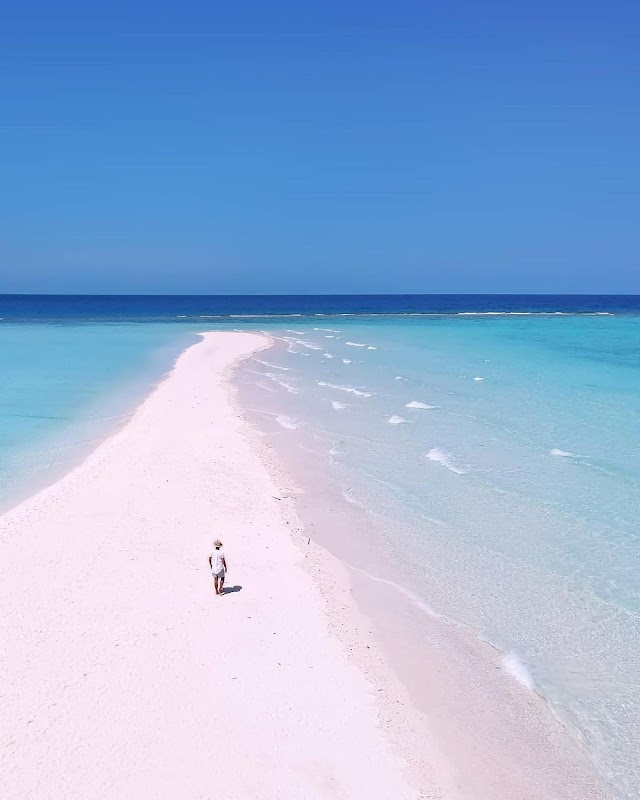
Camiguin Volcano Natural Park Adventures
Camiguin Volcano Natural Park protects the volcanic landscapes and lush tropical ecosystems of Camiguin Island, offering visitors volcanic hiking, waterfalls, and rich biodiversity close to local communities.
About Camiguin Volcano Natural Park

Camiguin Volcano Natural Park encompasses the central volcanic complex of Camiguin Island in the Philippines, featuring four major volcanoes: Mount Hibok-Hibok, Mount Vulcan, Mount Timpoong, and Mount Sagay. The park spans over forested slopes, volcanic lakes, hot springs, and waterfalls, preserving a variety of tropical habitats that support diverse wildlife including endemic species such as the Camiguin hanging parrot. Established in 2002, the park highlights the island's volcanic origin and offers outdoor activities primarily focused on hiking the active and dormant volcanoes, exploring natural hot springs, and visiting waterfalls like Tuasan Falls and Katibawasan Falls. Mount Hibok-Hibok is the most well-known peak and last erupted in 1951, drawing interest from adventurers and geologists alike. Ecologically, the park safeguards primary and secondary rainforest ecosystems, mossy forests at higher elevations, and freshwater habitats supporting various bird species and reptiles. The park has cultural significance with sites related to local traditions and volcanic eruption history. It is an ideal destination for eco-tourists, hikers, photographers, and nature enthusiasts who enjoy tropical climates and volcanic scenery. The park's proximity to nearby towns allows visitors to experience local culture and hospitality in small communities. Accessibility by road makes day hikes and multi-day treks feasible, although some trails can be steep and challenging. The park's conservation efforts focus on protecting its unique biodiversity while supporting sustainable tourism that benefits local residents.
Highlights
Summit hike of Mount Hibok-Hibok with panoramic views of the island and sea
Katibawasan Falls, a 250-foot tall beautiful waterfall in a lush setting
Soda Water Swimming Pool, a natural mineral spring with carbonated water
Sunken Cemetery, a historic underwater grave marker near the coastline
Notable Natural Features
Mount Hibok-Hibok
An active stratovolcano reaching 1,250 meters, known for its last eruption in 1951 and offering challenging hiking opportunities with rewarding views.
Katibawasan Falls
A 250-foot high waterfall surrounded by tropical foliage, easily accessible and popular for swimming and picnicking.
Sunken Cemetery
A submerged cemetery marked by a large cross visible above water, a unique historical landmark caused by volcanic eruption subsidence.
